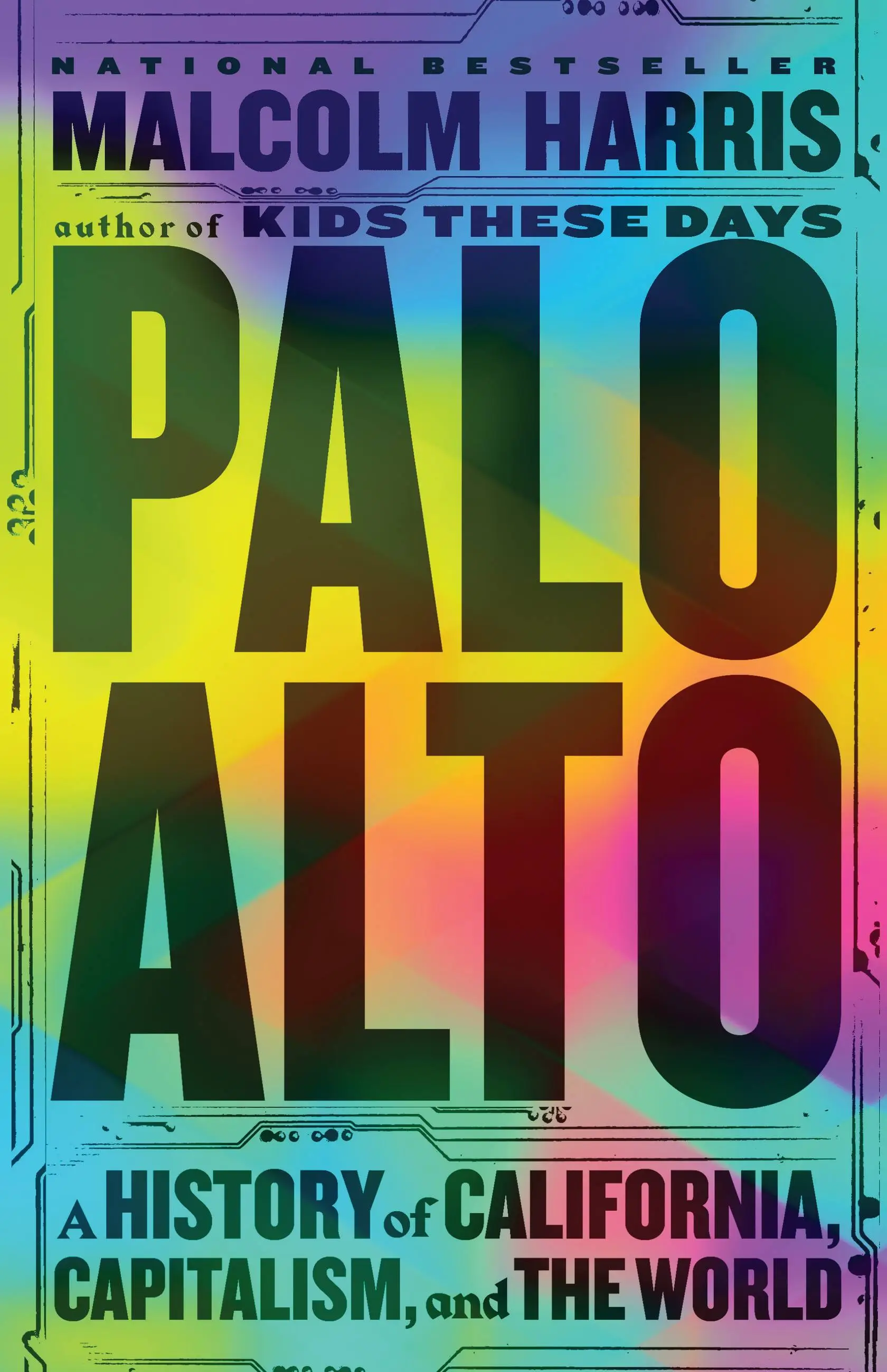Harris declines to waste time debunking the counterculture smokescreen—Stewart Brand and John Perry Barlow don’t appear in this book. Instead, he sets his sights on an unexpected historical supervillain: Herbert Hoover. This is the most revelatory portrait in Palo Alto’s pantheon. One of Stanford’s first graduates, Hoover is the US president that my social studies teacher (and yours too, I’d bet) encouraged us to believe had been made to stand in history’s corner with a dunce cap on his head while Franklin Roosevelt swept in and fixed the Great Depression.
Harris destroys the notion that Hoover’s story ended with his electoral defeat. With chilling precision, he demonstrates how Hoover’s innovative mashup of international capital partnership and close collusion between the state and corporate interests—beginning in the future president’s private business enterprises, then extended into his government service—set the paradigm for the century that the planet is still trying to survive.Though his popular reputation was in tatters during and after the Depression, Hoover didn’t sulk; he watched as his recipes for marrying tech and capital to deregulation, for strikebreaking and securing state-supported fortunes for shareholders, were cooked in plain sight at Stanford’s Hoover Institution. The think tank’s many operatives fueled and then were buoyed by the fever of Cold War anti-communism, and they helped inspire a right-wing student movement in the 1960s. Hoover himself lived just long enough to offer support to the Goldwater presidential campaign in 1964.
Hoovervilles or San Francisco’s current tent cities—again, it’s all one thing. While it may take you a while to accept the square-headed Quaker as one of history’s real winners, Harris renders this the most gripping of his many gripping tales, and a persuasive one. Hoover endured my social studies teacher’s contempt very nicely, it turned out, just as Thiel, Bezos, and Musk will endure yours and mine. These people are playing the long game; our admiration isn’t required.
In the case of Silicon Valley’s better-known figures, Harris lingers just as long as his distaste can bear (we’re informed three or four times of Steve Jobs’s noxious body odor). Fortunately, his book isn’t merely a rogues’ gallery. Instead, it’s enlivened by a counternarrative: one of resistance and rebellion, spurred by proximity to the site of the Palo Alto System and its exponential disasters for the human species. Harris supplies fond cameos of a handful of dissidents in the book: the union organizer Karl Yoneda, the poet Bob Kaufman, the Indigenous activist Rosemary Cambra, and the heretic Stanford English professor H. Bruce Franklin, whose canny anti-war and prison reform organizing drew on both his intimate experience as a commissioned officer in the Air Force and his quick study of Marx while visiting Paris in 1966. (Previously, I’d known of Franklin as the great left critic of US science fiction and the debunker of Ronald Reagan’s “Star Wars” defense fantasies, with their dependence on right-wing space opera.)
